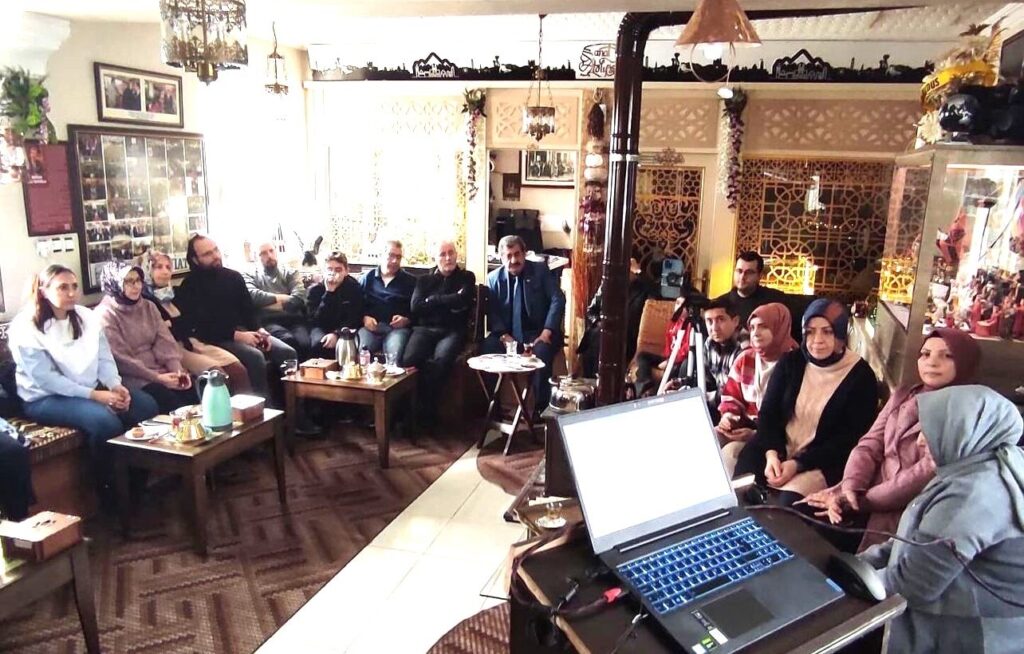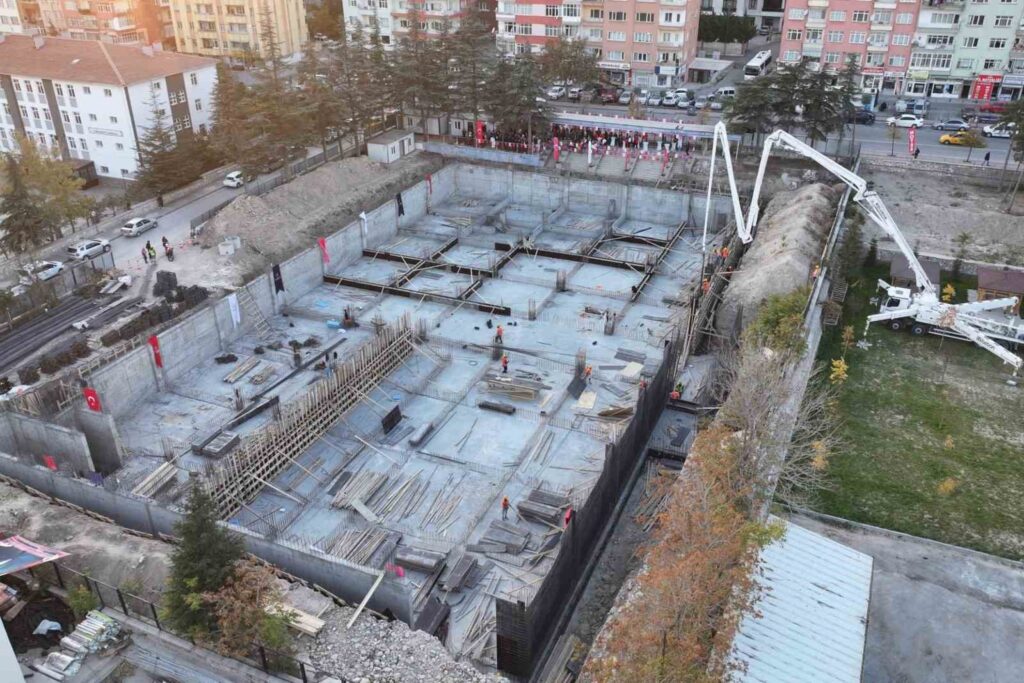Cultural heritage project: The Istanbul Encyclopedia Archive has been made available online.
The Istanbul Encyclopedia Archive of Reşad Ekrem Koçu, owned by Kadir Has University and jointly conducted with SALT since 2018, has been made accessible online. Kadir Has University has made the Istanbul Encyclopedia available for online access …

The Reşad Ekrem Koçu Archive of the Istanbul Encyclopedia, owned by Kadir Has University and jointly run with SALT since 2018, has been made accessible online.
Kadir Has University will bring together the stakeholders of the project at the event titled “Koçu’s Istanbul: The New Face of the Encyclopedia” organized due to the online access of the Istanbul Encyclopedia. The event, moderated by Dr. Gürbey Hiz, Faculty Member of the Faculty of Art and Design at Kadir Has University, Prof. Dr. Bülent Tanju, Faculty Member of the Architecture and Urban Studies Master’s Program at Kadir Has University, Gamze Cebeci, Web and Social Media Manager at Salt Research, Mehtap Kuru, Archive Manager at Salt, and Serap Özyurt, Information Center Manager at Kadir Has University, will discuss the six-year Istanbul Encyclopedia project in all its aspects. The event will take place on Friday, October 25, at 14:00 at Kadir Has University’s Cibali Campus.
Over 40,000 documents on the history of Istanbul
This unique project, which bears witness to history, includes over 40,000 documents related to Istanbul’s fascinating past. The printed 11 volumes (A-G) of the Istanbul Encyclopedia published by Reşad Ekrem Koçu between 1944-1973 are being made available online for the first time. Additionally, the previously unpublished entries from G to Z and the extensive compiled archive will also be available for the first time on this platform, thus completing the encyclopedia from A to Z.
Reşad Ekrem Koçu narrated two periods of Istanbul
The Istanbul Encyclopedia is a comprehensive work that historian and novelist Reşad Ekrem Koçu (1905-1975) dedicated a significant part of his life to but was unable to complete. Koçu continued to conduct extensive source research and write entries that he began in 1944 to create the “immense registry” of Istanbul until his death. The first 11 volumes of the encyclopedia, planned by Koçu to consist of 24 volumes, were published intermittently in fascicles until 1973.
Entries on various subjects, ranging from streets to architectural structures, important or ordinary individuals to the city’s customs, historical events to urban legends, are recorded alongside different narratives and images. The Istanbul Encyclopedia, which received contributions from the valuable historians, literary figures, academics, and artists of the period, is not only a reference source that combines the tradition of documentation with Western encyclopedism but also an extraordinary endeavor that reconstructs all this material as a unique idea or image of Istanbul.
Koçu, who witnessed Istanbul’s transformation from the capital of the Ottoman Empire to a province of the Republic of Turkey, included the everyday and mundane aspects in his portrayal of the city, from accidents to murders, tourists to waiters, coffee shops to baths. The Istanbul Encyclopedia, which could be printed from “Aba” to “Gökçınar (Mehmed)” during Koçu’s lifetime, began to attract more interest from historians and researchers since the 1990s due to its ability to open different windows beyond the official historical narrative.
The comprehensive material that Koçu compiled and planned for future volumes, which remained in the design phase, has emerged as a whole with its acquisition by Kadir Has University in 2018. The archive, consisting of over 40,000 documents, serves as a kind of “media archaeology laboratory” in terms of the insights it provides into Koçu’s working methods and his approach to producing multi-volume and multi-authored publications with limited resources in the second half of the 20th century. Drafts of entries planned to be included between “Gökdemir (Döndü)” and “Zürefa Street,” which also have a list in the archive, early versions of some entries published in volumes, independent texts suggesting that Koçu compiled entries based on the material in some cases, along with a large variety of documents such as photographs, drawings, and citations, detail the complex and multi-layered process of the encyclopedia’s formation.







